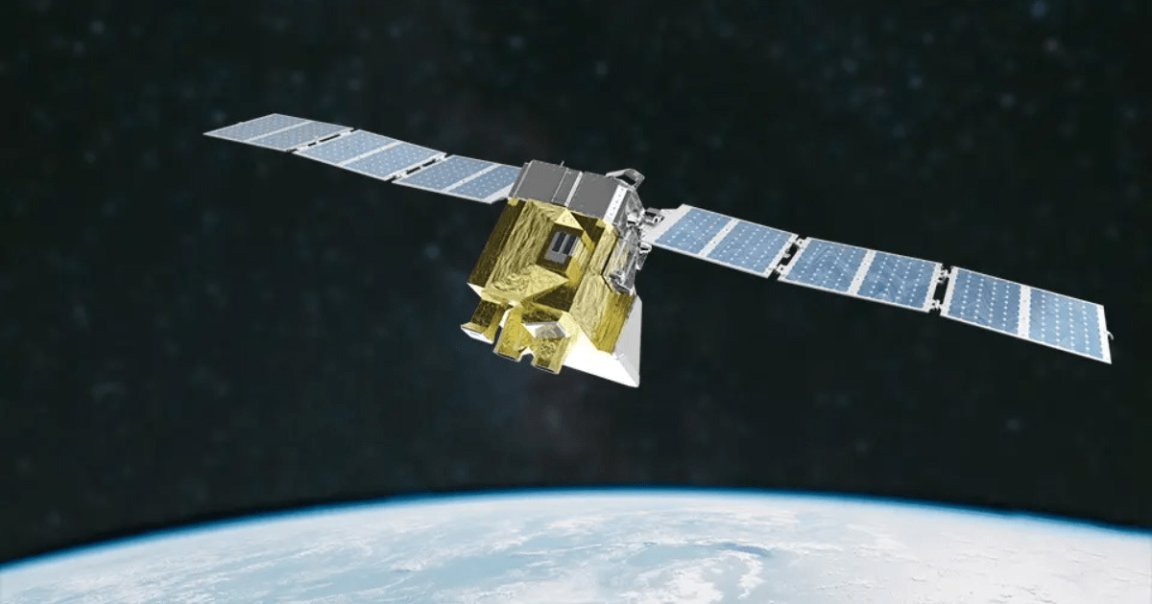
A satellite designed to monitor human-made methane emissions has gone missing in space.
Dubbed MethaneSAT, the $88 million spacecraft was launched into orbit aboard a SpaceX rocket in March 2024 and was expected to collect data on the potent greenhouse gas for at least five years.
But for the past two weeks, the satellite’s operators, the nonprofit Environmental Defense Fund, have been unable to establish contact.
Now, in a final blow, mission control says that MethaneSAT has lost power, crushing almost all hope of bringing it back online.
“It is likely not recoverable,” the EDF said in a statement Tuesday.
The cause, at this time, isn’t known, and an investigation into why communications were lost is ongoing.
It’s an agonizing loss, especially as the mission — which was backed by Google and Amazon founder Jeff Bezos — had proven that its advanced spectrometer instruments could pick out emissions from space and trace them back to their source with remarkable precision.
The just under a year’s worth of data it managed to collect was “magnificent,” Steven Hamburg, chief scientist at the EDF, told the New York Times.
“We set out in this first year to demonstrate what was possible, that we could think about direct measurement of greenhouse gases in a way that we had never been able to do before,” Hamburg added. “And I think we demonstrated that.”
Methane traps 28 times more heat than carbon dioxide and is considered to be the second biggest contributor to global warming.
Many scientists fear, however, that we’re actually underestimating its impact. That’s because methane is a very leaky greenhouse gas, meaning that a lot of it escapes as it’s stored, transported, and drilled without being accounted for. Research suggests that gas companies are drastically underreporting their real methane emissions as a result, with it being in their best interests to turn a blind eye.
To hold polluters accountable, numerous organizations including NASA have been monitoring methane from space. But MethaneSAT purported to do it with enough accuracy to single out the specific facilities responsible, as the NYT explained.
Data gathered by the satellite — which is publicly available — implicated oil and gas sites in North America and Central Asia as emitting far higher amounts of methane than predicted, per the NYT.
It’s not how it would’ve wanted things to end, but with its satellite making a convincing case for itself before going out, the EDF is choosing to look on the bright side.
“The mission has been a remarkable success in terms of scientific and technological accomplishment, and for its lasting influence on both industry and regulators worldwide,” the EDF said in the statement. “We will continue to process data that we have retrieved from the satellite and will be releasing additional scenes of global oil and gas production region-scale emissions over the coming months.”
More on spacecraft: Alert: There’s a Lost Spaceship in the Ocean